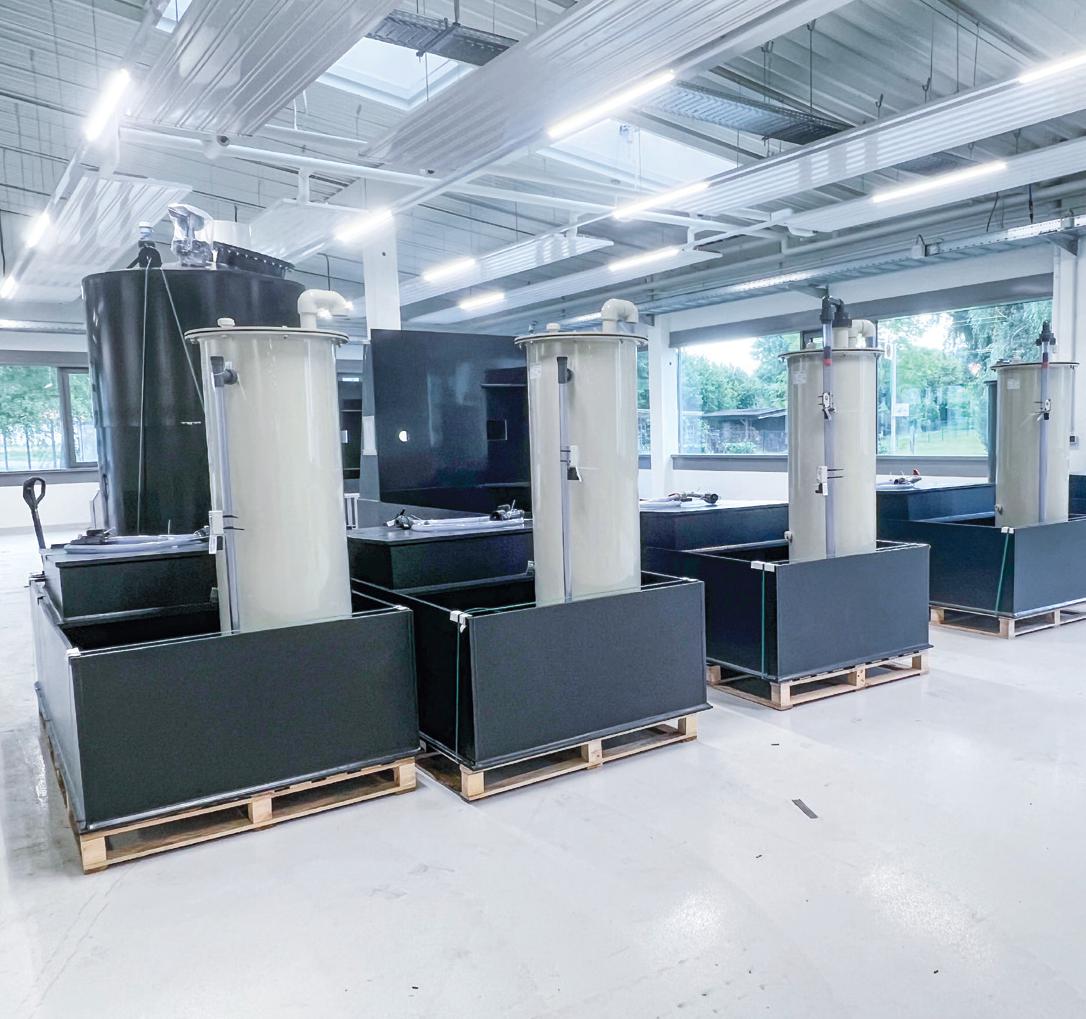The topic of the „paperless office“ has been on everyone’s lips for years. Digitalisation 4.0 is also no longer a hot new topic. sera has been working on the idea of paperless offices for some time now and is already taking giant steps towards realising the future in this area. It would already have been implemented to a large extent – if there were not the „problem“ with the documentation of goods. From service providers, suppliers but also from sera itself.
Because if you look at the range of this manufacturer information that companies have to make available to their buyers, we are still a long way from the goal of „paperless“.
To change this, companies from the process industry have decided to tackle this problem. Under the umbrella of the VDI (Association of German Engineers), standards for the transfer of digital documentation have been developed and summarised in the guideline „VDI 2770“. The most important point in the directive is standardisation. It precisely describes the nature of the manufacturer information and thus enables a fully automatic transfer of the information
as a data object from the IT systems of the manufacturer to the IT systems of the user/customer.
But first, let’s take a step back. Let’s look at how it is currently (still) going:
The manufacturers hand over the documentation to the customer in digital or paper form – depending on the customer’s wishes. According to the Machinery Directive, an instruction handbook must always be sent along with an acceptance test certificate, declaration of conformity, product description and, if applicable, supplier documentation. There may be additional certificates requested by the client. For some products, a dimensional drawing is also added. The customer now has to file the documentation in their own systems, depending on the purpose and use, and pick out the right document when needed. Both are often done manually, which is time-consuming and error-prone.
How does the VDI guideline aim to improve this?
The guideline first sets standards regarding four important criteria: the classification of documents, a predefined set of metadata per document, the structure of the documentation and the file formats. In turn, four groups (identification,
technical nature, activity-related documents, contract documents), which are subdivided into twelve categories, help to assign the documents precisely later. The categories are divided according to the type of content and partly according to the
intended use.
The so-called metadata play an important role in this. They are responsible for the precise identification of each document and are attached to each document in a stand-alone metadata file in XML format. They include unique identification IDs
for the version of the document, classifications for the above categories, reference to the manufacturer, the language, the creator, relationship to other documents within the entire documentation, short descriptions and titles of the document, and much more.
In summary, the metadata contains all the document’s important information so that the user can find it again as quickly as possible later. The ID must be readable and assignable both on the document and on the object/product. This can also be done via a QR code. In addition, the guideline also specifies the file formats of the documents. Each document, therefore, consists of a physical file (PDF) and an associated metadata file (XML). These related files are combined in a ZIP container, the so-called document container.
All documents with a documentation batch are again summarised in a documentation container and supplemented by a main document, which lists all documents contained in the documentation and also carries a metadata file.
This means that document containers can also be easily integrated within a supply chain. In the process, the document containers of the supplied part are integrated into the higher-level documentation container and the main document is supplemented with this data.
This structure of the overall documentation keeps the effort for handing over documentation across longer supply chains low. The clear reference to the physical object, as well as the classification of the supply chain documents, enable a high degree of automation on both sides.
And how are things looking with the technical implementation?
In addition to creating the content, each document must be saved in a PDF/A version and a metadata file must be generated. The main document and the „packing“ of the document and documentation containers are further tasks needed to achieve a standardised approach. Depending on the existing systems in the companies, all of the above tasks are not excessively big hurdles. This was a major concern of the authors of the guideline, so that a high level of acceptance and readiness for implementation can be achieved. Ideally, as many of the tasks as possible should be automated, so that the goal is a fully automated process that minimises workload and errors.
Conclusion and benefit of the VDI guideline
Contractual specifications and coordination between the contractual partners and individual wishes on the customer side will be a thing of the past in the future, because now there is a guideline that provides a structured and, above all, standardised and automated framework. This makes it possible for customers and manufacturers to automatically distribute and adopt the documents that accompany the product and ensures secure documentation. sera has also set out to take this important step towards standardised, digital documentation in order to drive the transformation forward at this point as well.



